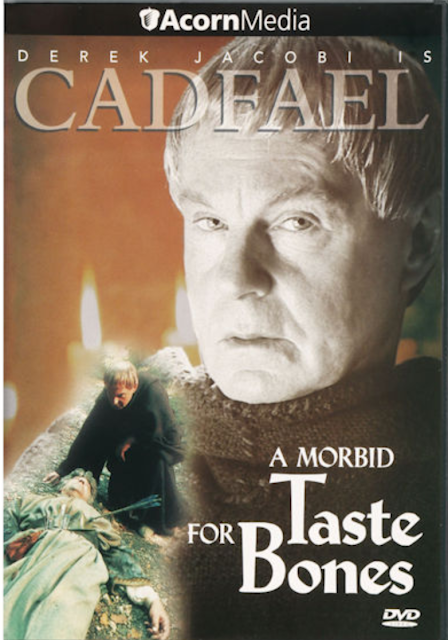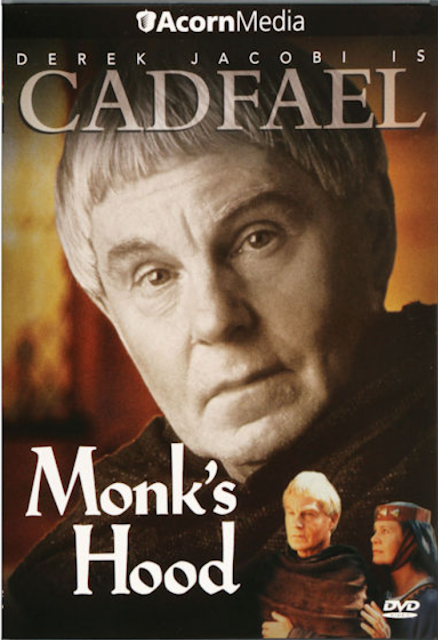Houseplants is a volume in The American Horticultural Society Illustrated Encyclopedia of Gardening series. It was produced as a collaborative effort between the American Horticultural Society and Ortho Books, and edited by A. Cort Sinnes. I have an old copy, which shows the book was first published in 1974 with subsequent publications through 1980. This places it during the "back to the land movement", at a time when folks were rediscovering plants for interior decorating, talking to their plants and playing classical musical to stimulate their growth.
In the introduction, Gilbert S. Daniels, then President of The American Horticultural Society, points out that there is no real category of houseplants. All plants originate in an outside environment somewhere in the world. The key to success is to simulate their natural environment as closely as possible in your home or office. Many of the plants that thrive as houseplants originated from an environment with similar conditions, such as low or diffuse light and even temperatures.
Houseplants provides an introduction to interior landscaping, guidelines for assessing your home or office environment for light and temperature and seasonal changes, and tips for improving the environment to ensure houseplants thrive. It covers plant basics, gardening in containers, and how to provide appropriate light whether natural or artificial. The book provides an inventory of houseplant candidates (with pictures and text) that is organized in categories including flowering, foliage, shrubs, and cacti and succulents. A propagation chapter describes how to start plants from seeds, cuttings, division, and so forth. Additional resources include a plant selection guide to help you choose plants that fit your environment, and a list of sources (many of which are still viable after 45 years)!
This is a wonderful book for the indoor gardener. I appreciated the basic information, as well as ideas for modifying the inside landscape to help plants thrive. I also appreciated the many illustrations and photos, and the encyclopedia of plants that thrive indoors. The pairing of text and photos is very useful, as is the plant selection guide that summarizes the information. The American Horticultural Society no longer publishes the The American Horticultural Society Illustrated Encyclopedia of Gardening; instead they publish multiple encyclopedias with different focuses. You can still find the original set or the Houseplants book through online vendors. I recommend this book as a great quick reference for getting started with houseplants.
In the introduction, Gilbert S. Daniels, then President of The American Horticultural Society, points out that there is no real category of houseplants. All plants originate in an outside environment somewhere in the world. The key to success is to simulate their natural environment as closely as possible in your home or office. Many of the plants that thrive as houseplants originated from an environment with similar conditions, such as low or diffuse light and even temperatures.
Houseplants provides an introduction to interior landscaping, guidelines for assessing your home or office environment for light and temperature and seasonal changes, and tips for improving the environment to ensure houseplants thrive. It covers plant basics, gardening in containers, and how to provide appropriate light whether natural or artificial. The book provides an inventory of houseplant candidates (with pictures and text) that is organized in categories including flowering, foliage, shrubs, and cacti and succulents. A propagation chapter describes how to start plants from seeds, cuttings, division, and so forth. Additional resources include a plant selection guide to help you choose plants that fit your environment, and a list of sources (many of which are still viable after 45 years)!
This is a wonderful book for the indoor gardener. I appreciated the basic information, as well as ideas for modifying the inside landscape to help plants thrive. I also appreciated the many illustrations and photos, and the encyclopedia of plants that thrive indoors. The pairing of text and photos is very useful, as is the plant selection guide that summarizes the information. The American Horticultural Society no longer publishes the The American Horticultural Society Illustrated Encyclopedia of Gardening; instead they publish multiple encyclopedias with different focuses. You can still find the original set or the Houseplants book through online vendors. I recommend this book as a great quick reference for getting started with houseplants.













